Before we get into it, I’ve got two pieces of business to mention.
First, a short story I’ve written called Chop, Chop, Chop is up as a finalist for publication in Writer’s Digest Magazine!
https://www.writersdigest.com/wd-competitions/your-story-128
Secondly, I want to let you know about a really cool project I’m involved in: Archetypes: An Independent Geek Culture Magazine
This is a bi-annual zine in the spirit of Wizard Magazine, but with an indie comics focus. It has really cool short comics, articles and previews within. This is the first issue, so you have the opportunity to get in on the ground floor of something really cool.
For my part, if you’ve been following me on social media at all, you’ve come across my daily “Writing Tools” I post. The first issue of Archetypes contains my first long-form entry of writing tools! This time, I cover getting started - from brainstorming to first drafts.
If you’ve enjoyed this newsletter or those posts, you’ll enjoy that article and everything else included.
Now, on with the this week’s entry…
The Fallacy of “Comics Are Dying”
I don’t have my head in the sand about the state of the comics industry. It’s not going gangbusters, for sure. Times have been better. Times where we didn’t need Funko pops to keep stores afloat or 400 variant covers to boost sales.
But to say that comics are going to suddenly disappear from the face of the earth is a fallacy. There’s always going to be room for the medium. It’s too accessible of an artform to go away entirely.
That’s not to say that what we classify as a “comic” today won’t change in the near future. Perhaps the floppy may be dying. I talked about how, although I still collect floppies week to week, most of my reading is in two formats: digital or “premium” print versions.
Even then, I don’t think this shift is as close as it may seem. The emerging market of Kickstarter still seems to favour serialization. Even if it seems elsewhere. Ditto for Webtoons.
Kickstarter aside, it’s hard to argue that price point doesn’t cause a lot of the issues. Comparing the 90s boom to today is never fair, but a comic in 1994 (let’s pick Action Comics 698) would be $1.50 on the newsstand for 32 pages.
Accounting for inflation, that should be $3.10 today. Looking at Action Comics 1061, it’s $4.99.
It’s just a couple dollars more than it should be, sure, but with all the competition out there for entertainment - being more expensive than it was isn’t going to win you any new fans.
Price is just one factor. Competition from all kinds of new platforms definitely doesn’t help. Tiktok wasn’t an option in 1994.
It’s not like the younger generations aren’t reading sequential stories at all anymore either…
Manga Doesn’t Count
When you hear that “comics are doing better than ever”, that’s also not entirely true. Manga is bolstering a boom that isn’t necessarily translating to Western comics. Go into any bookstore and you’ll see the manga rack dwarfs that of those carrying big two books.
It was a very tiring debate on Twitter recently too.
A rising tide lifts all boats, for sure, but there’s a clear distinction between the two mediums right now. (And it’s not just how you read it.)
Not to harp on pricing, but manga is relatively cheap. The new generation isn’t reading shonen jump weekly (at least, not in stores). They’re picking up cheap, printed volumes that contain about a dozen issues per. When you factor that in, we’re getting closer to 1994 prices.
I’ve posted about DC is experimenting with that format this spring and I’m hoping this takes off as a shift in the industry. It’s a format I’ve tinkered with myself (and will be in the future too!)
The only problem with their approach is it’s missing what comics does best - long, uninterrupted runs.
Learning From What Works
New number one comics always sell. It’s a jumping on point for new and lapsed readers - but it’s also a great jumping off point.
The one thing that Western comics - and manga alike - do that no other medium can replicate is have stories that span for years. (Arguably, soap operas and professional wrestling do this too, but I digress).
We live in a binge culture.
TV shows that normally wouldn’t win awards or catch any special attention are getting huge boosts just for have a prolonged story for fans to get absorbed by. Being able to go back and follow a story that was years in the making in a weekend makes some creators cringe, but it’s actually a wonderful thing.
There’s an insatiable hunger for content like never before. Comics are in a wonderful position to leverage that with years of uninterrupted storytelling to provide readers.
It just needs to be made easily accessible.
Hunger for Nostalgia
To read the entire run of Action Comics would take forever - but it’s also impossible. Physical collections are expensive and only offer a spattering of random issues. Even DC Universe Infinite has large gaps - even with more modern runs.
Using back catalogs and giving folks a sense of what there is to dig into is a huge, untapped advantage waiting to be exploited.
This is what works in manga right now. I can go back and read every issue of Dragon Ball or One Piece with very few obstacles in my way. It’s all there for the taking.
Western comics have made it overly complicated with various versions of collections that have different issues within. Simplifying the reading orders, providing as much material as possible and adapting to the new market is what’s going to turn things around.
Rethink and Rebirth
I’ve made the case for serialization and for large collected volumes. Both can co-exist with some tinkering.
Serialization allows some room to see how a book is doing and adjust accordingly - rather than an all or nothing approach shifting to trades would be.
Arguably, as a fan, you’re getting the best of both worlds right now. You can trade-wait if that’s your preference, but it does feel like we’re holding onto something that won’t be here in this form 10 years from now.
There’s also a lot of books coming out right now. Given that the market is supposedly shrinking (though I don’t know that’s entirely true), we seem to be cutting up the pie into smaller and smaller pieces.
That’s why I think bigger companies with a lot in the catalog, like DC and Marvel, could try returning to their roots. Weekly “magazine” style books containing the serialized stories like Shonen Jump or 2000 A.D.
It allows for the long runs in books while still leaving the room for new works. Big names next to small emerging ones. Everyone is getting all the stories, so there’s always an opportunity to build new characters and tales to those that wouldn’t give it a chance on its own $4.99 book.
Then, much like what’s happening with digital-first books, these can still be collected in their own floppies or collected editions.
The point is, there’s lots of opportunity to experiment. Doing what we’re doing is proving to have diminishing returns, so I’m looking forward to some radical ideas.
Comics aren’t going anywhere, but they might be overdue for a shift.
What’s Next?
March 15
Sense of Community
Where to make friends in comics (and out)
April 1
FOMO, Part 1: Toronto Comicon
Just a fan - hopefully for the last time


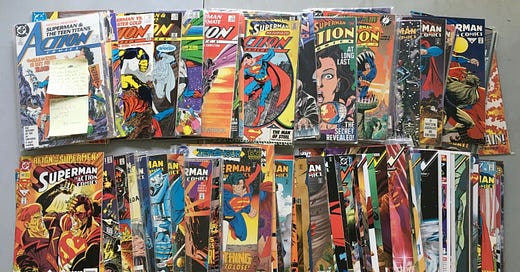



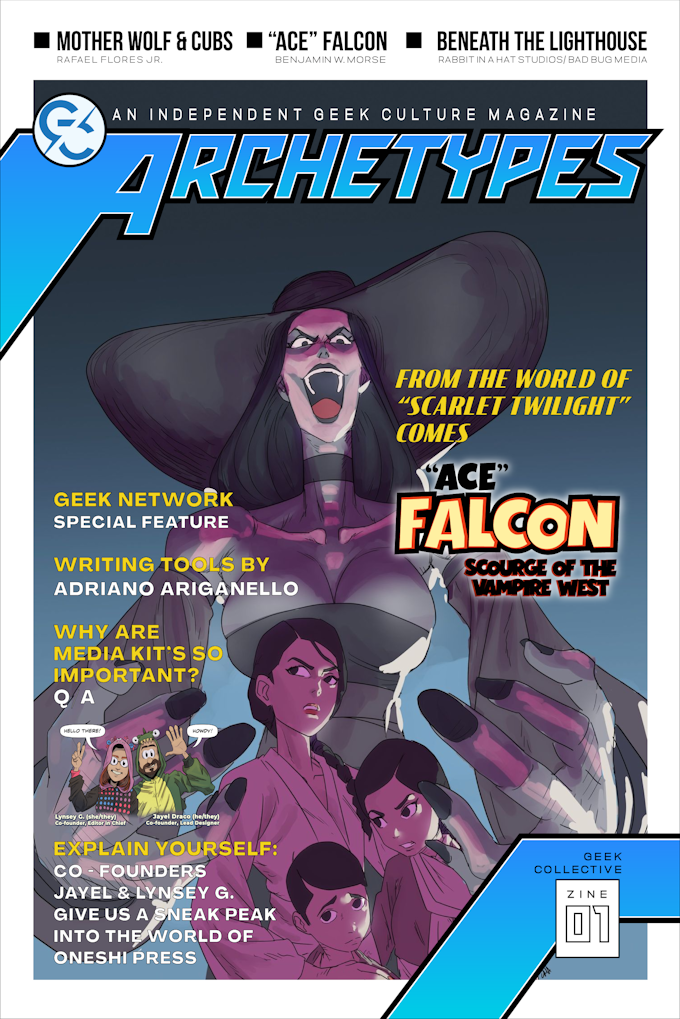
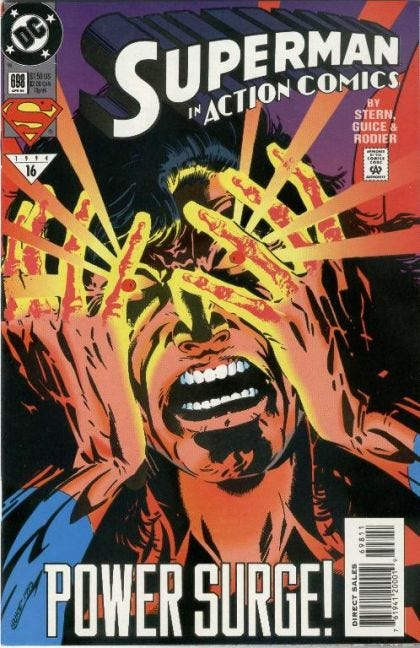

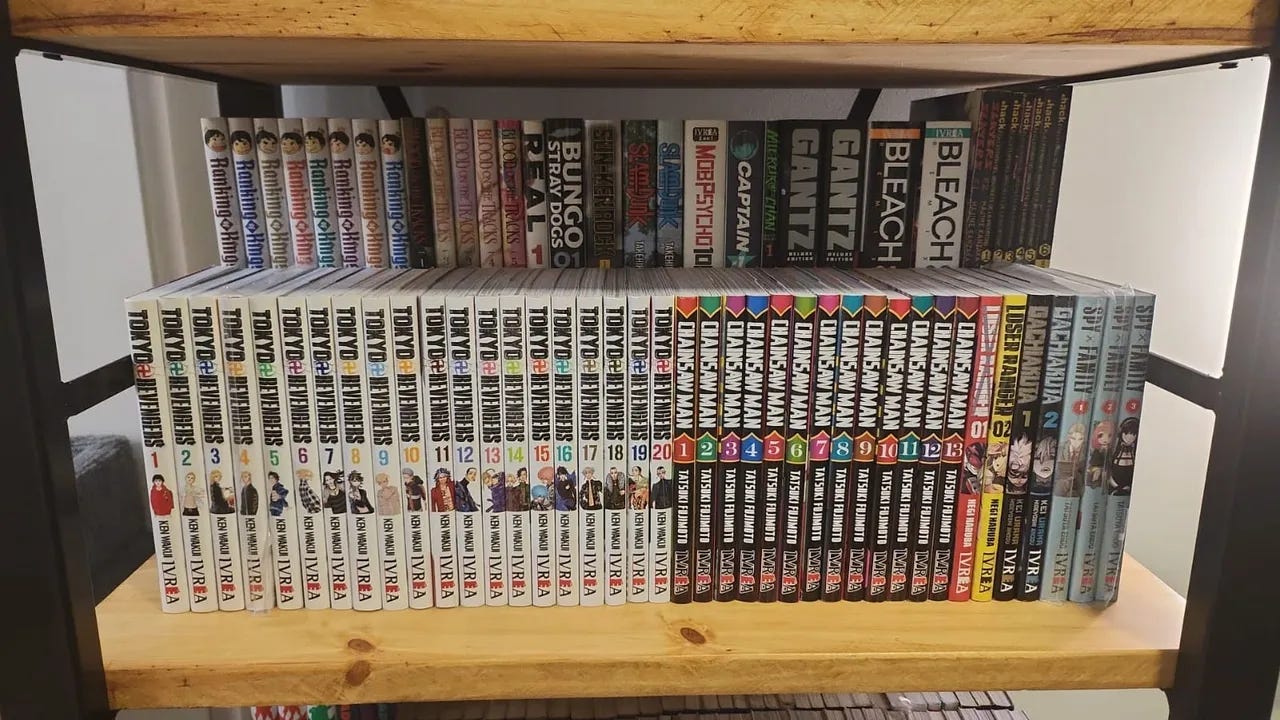


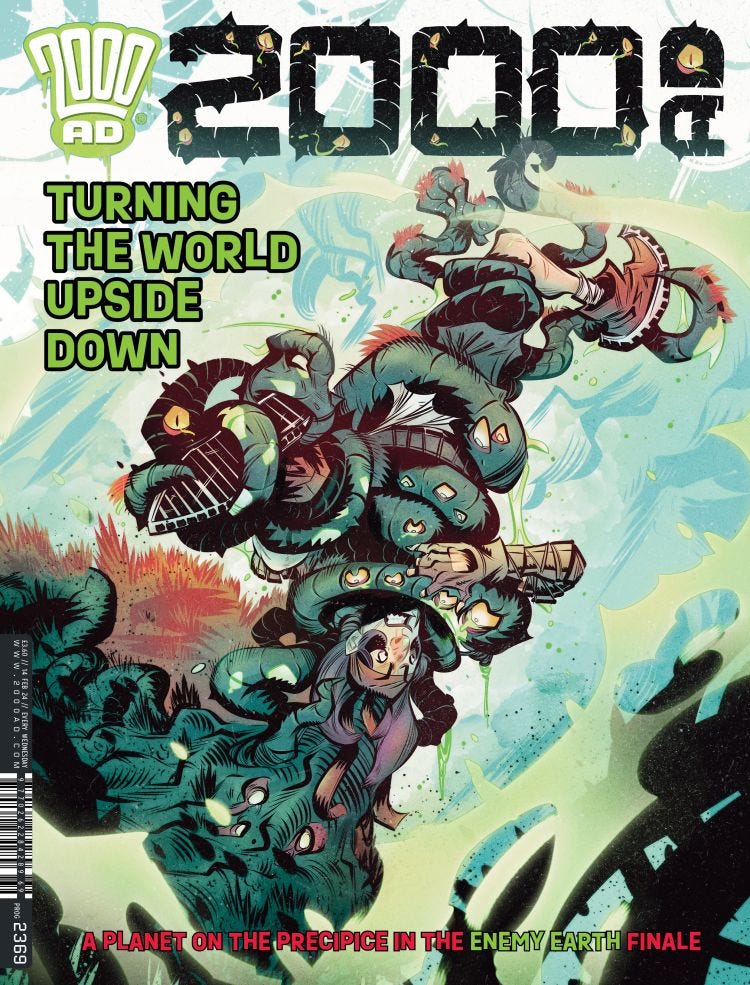










Share this post